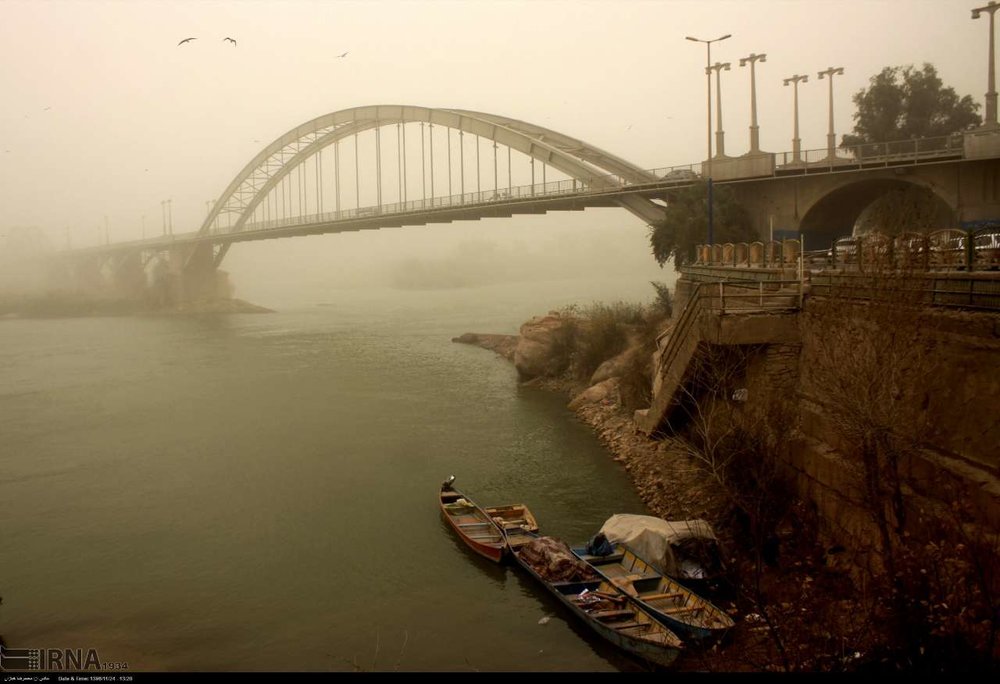Khuzestan sand and dust storms driving migration: MP

TEHRAN – Sand and dust storms (SDS) in southwestern Khuzestan Province has provoked a wave of migration to other provinces, said Javad Kazemi-Nasab, an MP who represents Khuzestan in the parliament.
Those Khuzestani citizens who can afford to live in other provinces are already leaving the region and those who cannot are facing health problems, ILNA quoted him as saying on Sunday.
He went on to say that the most negative consequences of sand and dust storms in Khuzestan Province are migration of elite, lack of investment and health problems.
Currently the spread of respiratory diseases and cancers have increased in the region, he said without providing any further details.
Many university professors and school teachers have migrated from the province which has affected the quality of education in the province, he regretted.
Investors are also reluctant to invest in the region due to current air pollution and soil status, the MP added.
SDS has also influenced the behavior of citizens, making them more nervous, he said.
The water right of Hour-al-Azim wetland is not being granted which turns the wetland to a major SDS hotspot, Kazemi-Nasab continued.
Implementation of inappropriate policies in energy and agriculture sector has led to cutting water right of some fertile grounds in the region, turning them into SDS hotspots, he said.
He added the best solution to fight SDS is to grant the water right to farmers so that they can cultivate the lands, which in return would stabilize the soil and help economic development in the region.
Touching on the tree planting projects which are being carried out in SDS hotspots, the MP said that these measures will be effective in the long run while Khuzestanis are dealing with the problem now.
The early signs of sporadic SDS in southwestern regions, especially Khuzestan Province, was appeared in 2005. This challenge showed its strength and reached a degree that in late January the concentration of fine dust was recorded as 20 times above the standard range in some cities of the province.
Although most of these sand and dust storms arise from external sources but one cannot neglect the internal hotspots which, as estimations show, account for about 30 percent of the problem.
Excessive water withdrawal, dam building projects and not granting the water right of wetlands are listed as the main causes for turning wetlands and once fertile grounds and pastures in the province to SDS hotspots.
MAH/MQ
Leave a Comment